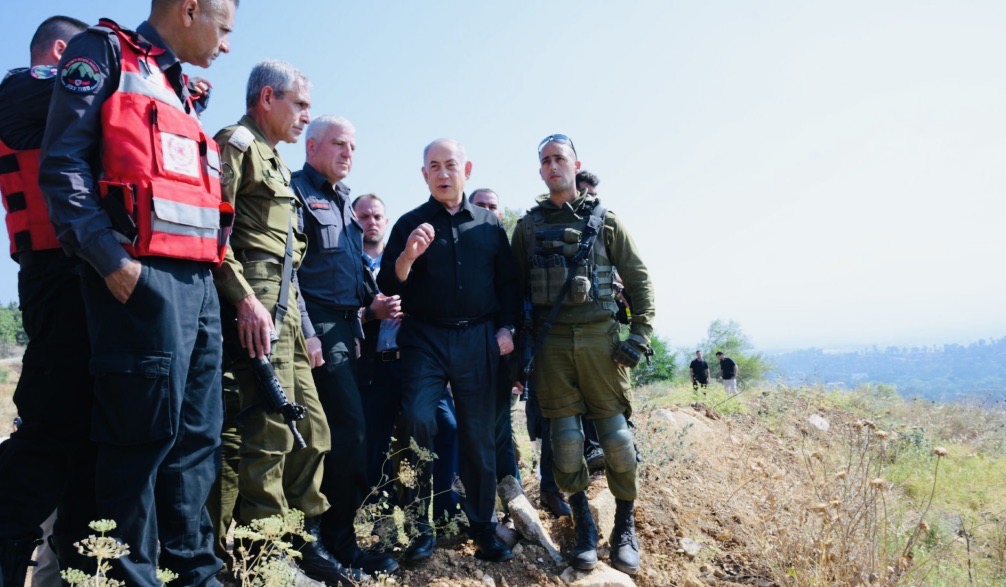Nine months into the Israel-Hamas war, one of the longest and most arduous in Israeli history, Prime Minister Benjamin Netanyahu seems to have reached a crossroads.
Should he carry on relentlessly until Israel’s main objectives are achieved? Victory would mean the elimination of Hamas as a military and political force in the Gaza Strip and the release of all the Israeli and foreign hostages there, a process that, if successful, could take years to accomplish.
Or should he, as the United States and its allies contend, cut his losses and agree to a long-term ceasefire and a withdrawal from Gaza? This scenario, which could lead to the release of the roughly 120 remaining hostages, would essentially leave Hamas in control of Gaza, an outcome that could well topple his coalition government and lead to a new election he would probably lose.
Finding neither option palatable, Netanyahu appears to have embarked on a middle course.
As he said last month, he is prepared to pause the fighting for a partial deal with Hamas in exchange for the return of the hostages and to better prepare Israel militarily for the possibility of a high-intensity war with Hezbollah in Lebanon.
Israeli negotiators have resumed indirect talks with Hamas in Egypt and Qatar, but the chance of a breakthrough is slim. Ismail Haniyeh, a Hamas leader, warned on July 8 that continued Israeli operations in Gaza City and Rafah would end the current Israel-Hamas ceasefire negotiations.
More recently, Netanyahu said that any agreement must enable Israel to resume combat operations until “all the goals of the war are achieved.”
Netanyahu also insists that Israel must maintain a military presence along Gaza’s border with Egypt, an area known as the Philadelphi Corridor, so as to ensure that Hamas cannot smuggle weapons and munitions into Gaza.
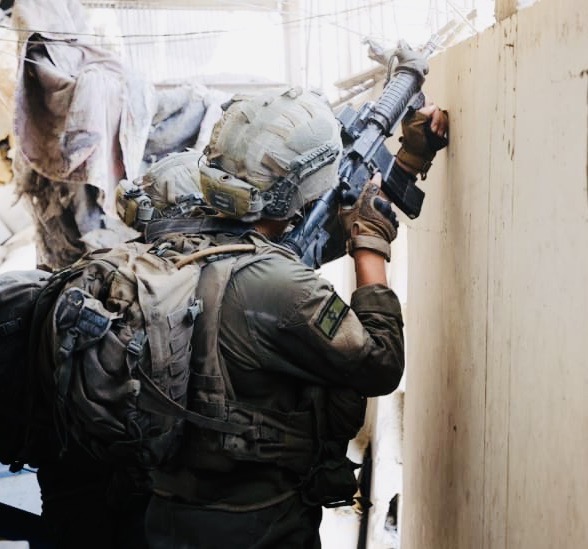
The current debate over the war — which has led to the deaths of 327 Israeli soldiers and upwards of 15,000 Palestinian fighters since Israel’s ground invasion of Gaza on October 27 — has been spurred by the emotional hostage issue and by apparent disagreements between Netanyahu and the army’s high command.
First, relatives and friends of the hostages have been increasingly vocal in demanding a rapid resolution of the problem. In their quest to resolve it, they have staged nation-wide demonstrations on a regular basis, some in front of Netanyahu’s residence.
According to a poll conducted by Channel 12 last week, two-thirds of Israelis believe that the return the hostages is more important than continuing the war. While 67 percent of respondents said that returning the hostages was of the utmost importance, 26 percent prioritized the continuation of the war. Seven percent had no opinion.
Second, comments by Daniel Hagari, the spokesman of the Israel Defence Forces, exposed what appears to be a growing rift between Netanyahu and military commanders over his management of the war.
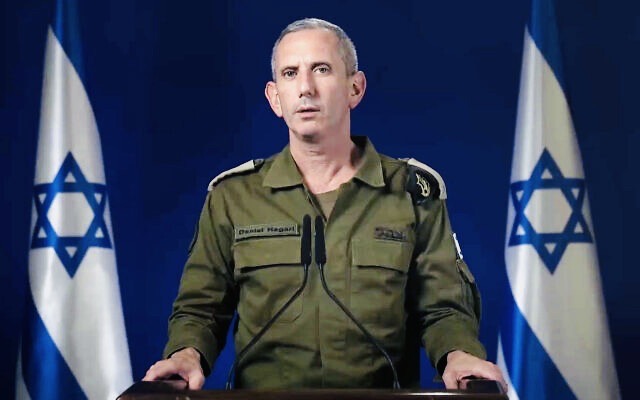
Last month, Hagari stunned Israelis when he said, “The idea that it is possible to destroy Hamas, to make Hamas vanish — that is throwing sand in the eyes of the public. Hamas is an idea … It is rooted in the hearts of the people — whoever thinks we can eliminate Hamas is wrong.”
Hagari warned that if the government fails to produce a “day-after” plan for Gaza, Hamas will remain in power. “The political leadership will decide. But in order to reach a situation in which we really weakken Hamas, that is the path.”
Responding to Hagari’s remarks, Netanyahu’s office released a statement asserting that the cabinet has “defined as one of the war goals the destruction of Hamas’ military and governance capabilities. The Israel Defence Forces is, of course, committed to this.”
Subsequently, the Israel Defence Forces issued a communique supportive of Netanyahu’s war aims.
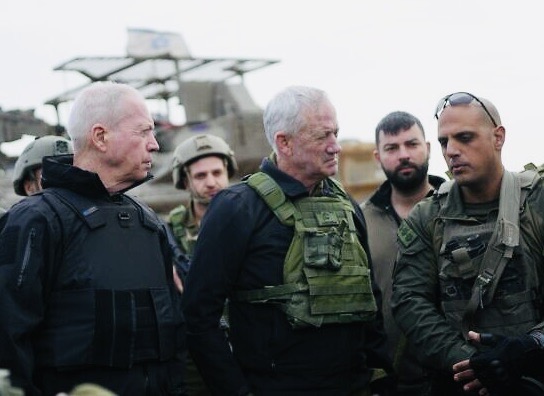
However, Defence Minister Yoav Gallant, a member of Netanyahu’s Likud Party, concurs with Hagari. He has urged Netanyahu to devise a blueprint for postwar governance in Gaza, warning that Israel’s military gains could be nullified by the failure to produce a viable replacement for Hamas.
This contentious issue has been a thorn in Netanyahu’s side for months now. Benny Gantz recently resigned from the war cabinet after Netanyahu rejected his proposal for a “day-after” plan in Gaza.
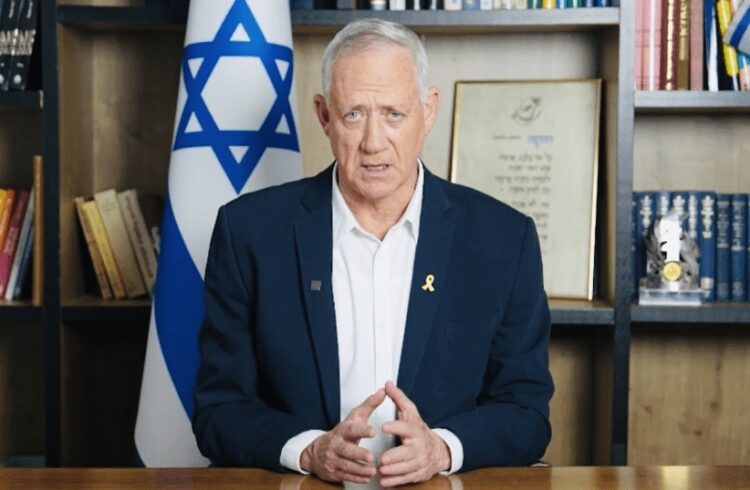
According to a New York Times piece published on July 2, Israeli commanders think that a truce would be the best way of freeing the hostages, even at the expense of leaving Hamas in charge of Gaza. The Israeli army, though, would be free to resume its air, land and sea campaign against Hamas at a later date.
The commanders believe that Netanyahu’s refusal to articulate or commit to a postwar plan has created a vacuum that has enabled Hamas to regroup, compelling Israel to return to areas already supposedly cleared.
In recent weeks, Israel has sent forces into northern, central and southern Gaza to confront Hamas and allies like Palestinian Islamic Jihad. Of late, fighting has been intense in and around Gaza City, particularly in the Shejaiya neighborhood.
Combat continues in Rafah, Khan Younis and along the Netzarim Corridor, which is south of Gaza City and designed to allow Israel to carry out raids in northern and central Gaza.
Previously, in another major clearing operation, Israeli troops fought in the Jebaliya refugee camp.
The Institute for the Study of War, an organization based in the United States, has followed developments closely and has produced snapshots of the current battles unfolding in Gaza.
On July 7, Hamas spokesman Abu Obeida claimed that Hamas has regrouped and recruited thousands of new fighters, the institute reports. Obeida further claims that Hamas has “rehabilitated and restored important capabilities, including weapons production facilities as part of a larger effort to reconstitute its forces. Hamas has exploited Israel Defence Forces’ withdrawals in much of Gaza to rebuild the combat power of degraded Hamas battalions, integrate new forces, and prepare them for further combat activities.”
In an unmistakable sign that Gaza’s armed groups are still combat effective, Islamic Jihad operatives in the vicinity of Khan Younis launched about 20 rockets into Israeli border communities on July 1. The attack caused no injuries or damage, but underscored the reality that Israel has a long way to go before Netanyahu can truly declare “absolute victory.”
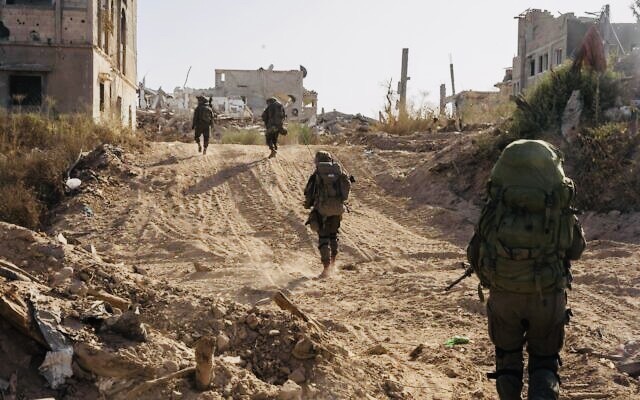
The fighting in Shejaiya has been especially fierce. Since launching its clearing operation there on June 27, Israel has killed some 150 Palestinian fighters, destroyed militia infrastructure, identified underground tunnels, located weapons caches filled with drones and long-range rocket launchers, and destroyed dozens of rigged-to-detonate buildings. The Israeli Air Force has conducted airstrikes targeting fighters in Shujaiya.
Palestinian militias have stood their ground, laying anti-personnel mines and targeting Israeli troops with mortars and rocket-propelled grenades. “Hamas tactics and Shujaiya’s dense, urban terrain” have presented challenges, forcing Israeli infantry to clear buildings multiple times. “Hamas fighters shadow Israeli forces … and emerge from tunnels” to attack them.
Israel has killed Palestinian fighters operating along the Netzarim Corridor, while Hamas and the Popular Resistance Committees have conducted joint rocket attacks against Israeli outposts there.
In Rafah, Hamas’ last urban stronghold, Israeli forces have located tunnel shafts, confiscated weapons, and killed 900 Palestinian fighters. Israel’s offensive in Rafah prompted Gallant to claim that Hamas’ “fighting spirit is broken and time is not on their side. We are destroying the tunnels … and the weapons and reaching places (Hamas) never dreamed we would reach … We will continue until we reach a situation where we … do not allow it to rebuild its strength.”
Hamas has rigged hundreds of houses with explosives and installed cameras to monitor Israeli forces on Rafah. “Hamas and its allied militias had months to prepare traps, surveillance assets, and ambushes in Rafah as Israeli forces cleared other parts of Gaza,” the institute says.
An Israeli military correspondent reported on June 23 that Hamas was reconstituting its military and governance structures in Khan Younis, from which Israel withdrew in April. Hamas has tried to reassert its authority in Khan Younis by deploying fighters on the streets, managing local policing, and taking over humanitarian aid shipments. Israel has targeted Hamas officials involved in these activities. As the institute points out, Israel has killed about 45 weapons production specialists from Hamas and Palestinian Islamic Jihad since the start of the war.
Israel, too, has struck weapons warehouses, operational apartments and other militia sites in Khan Younis.
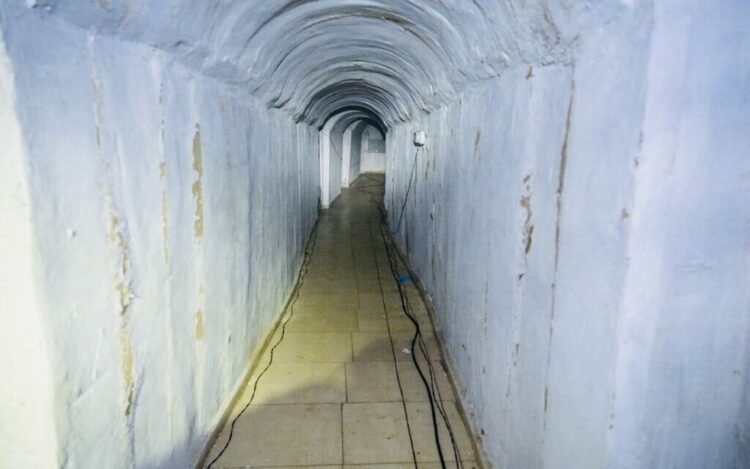
Although Israel has destroyed many tunnels, Hamas’ extensive tunnel network throughout Gaza is still basically intact, according to a Channel 12 report. The station quotes a Ministry of Defence official as saying that Israel will need years to dismantle the maze of tunnels.
Which means that an end to the war in Gaza is not yet in sight.
